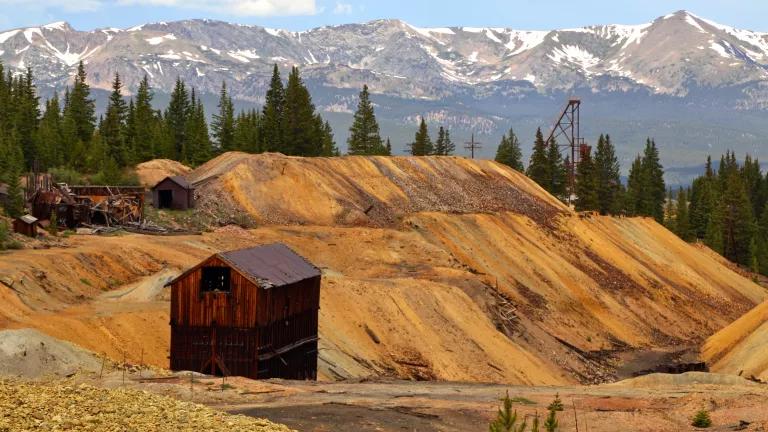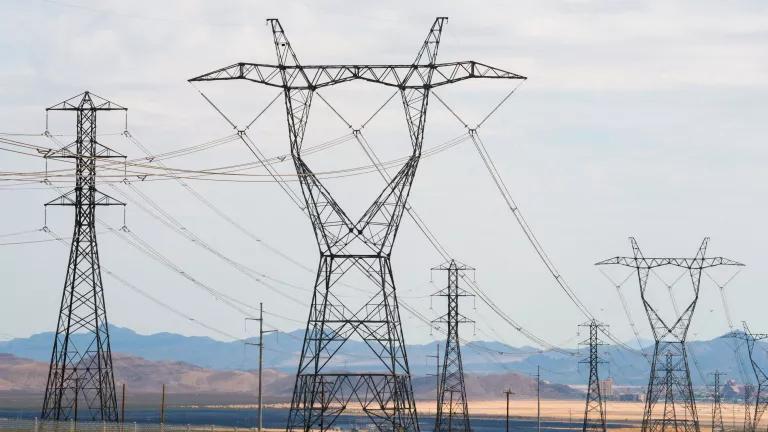How a Western Grid Could Save Money and Benefit the Region
Linking together the electricity grids of 11 western states into one Regional Transmission Organization (RTO) could create hundreds of thousands of jobs, spur economic growth, and save customers $2 billion a year on their electric bills, a new analysis shows.
Linking together the electricity grids of 11 western states into one Regional Transmission Organization (RTO) could create hundreds of thousands of jobs, spur economic growth, and save customers $2 billion a year on their electric bills, a new analysis shows. But that’s only the start of the benefits: It would also incentivize much more clean energy across the region.
RTOs are independent organizations that run wholesale electricity markets, ensuring economic competitiveness and reliability. Currently, only a portion of the electricity system in the western United States is managed by an RTO, the California ISO (CAISO). Ten western states—Arizona, Colorado, Idaho, Montana, Nevada, New Mexico, Oregon, Utah, Washington, and Wyoming—are not part of an RTO and are missing out on the many benefits that are offered.
According to the new report commissioned by Advanced Energy Economy, the entire western region and each individual western state (including California) could expect significant economic benefits from the creation of a West-wide RTO. The benefits through 2030 would include up to:
- 657,000 permanent, good-paying jobs
- $79.2 billion in additional gross regional product annually to the 11-state region
- $2.4 billion tax contributions per year
- $2 billion in annual energy cost savings
- 13,700 temporary construction jobs from the development of new clean energy resources
These benefits would be driven by lower electricity prices (compared to a case without an RTO) for households and businesses, new and expanding businesses in the West, and additional clean energy development in the region.
These economic impacts are achieved through operational efficiencies and lower peak capacity needs that an RTO offers. And this is just a conservative estimate of the economic impact of a West-wide RTO. RTOs offer additional benefits that aren’t reflected in the study, including enhanced reliability, transmission planning, and increased renewables integration.
The structural changes an RTO would bring to the region would also result in increased investments in clean electricity generation compared to the continuation of the status quo in western electricity markets. The western United States is home to some of the best wind resources in the country, as well as high-quality solar resources. A western RTO would allow remote sources to be more likely developed, as wind projects in states like Wyoming would have a ready market in the population centers of places like San Francisco. Between 2025 and 2035, the high-end estimate of clean energy development would total 9,409 megawatts, accounting for 22 percent of total corporate clean energy deals in the United States. This is enough capacity to power approximately 2.4 million homes and businesses.
This level of build-out of clean electricity sources in the West would be a great stride toward economy-wide decarbonization. It is more important than ever that the United States quickly shifts to a carbon-free electricity system; therefore, the sooner RTO development occurs, the sooner the entire western region can benefit from these decarbonization and economic benefits.




